Dogo Argentino vs Tibetan Mastiff: What Are Their Differences?
In comparing the Dogo Argentino and the Tibetan Mastiff, we’ll come to learn that they are more alike than different. If there’s anything that is contrasting, that would be the appearance. Although they are both large dogs, the quality and the type of their coat are strikingly different. Their temperament and needs may also differ.
Know more about these breeds and determine which one offers more pros than cons before you head your way to the adoption home. Let’s get into it!
Table of Contents
Breed Origins
Dogo Argentino
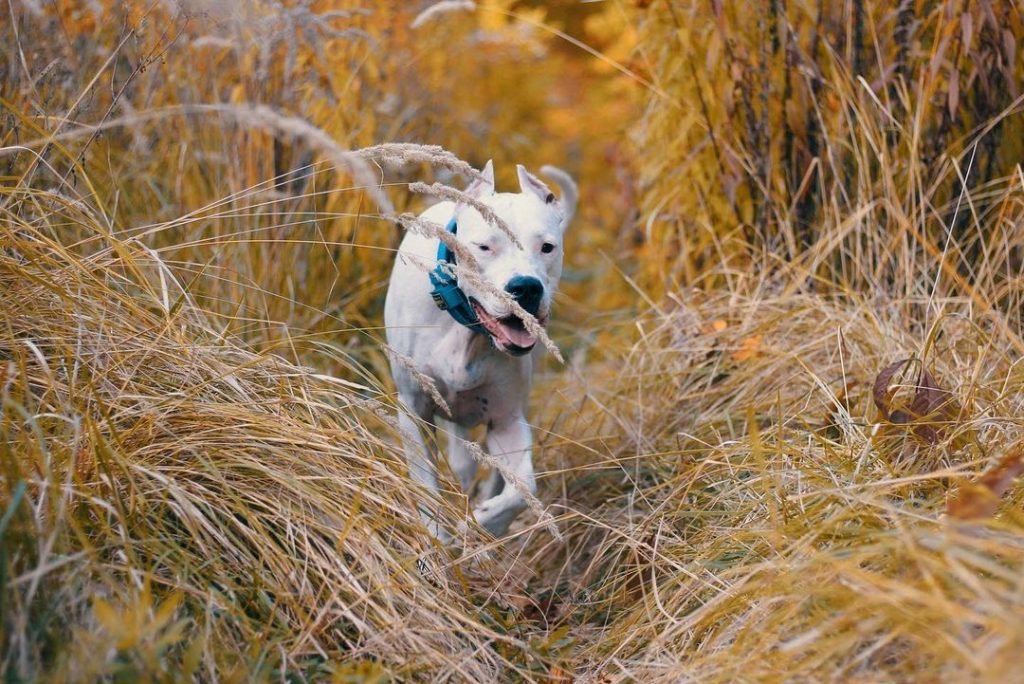

The now-extinct Fighting Dog of Cordoba who was renowned to be courageous and feisty has a descendant which is commonly known as the Dogo Argentino. The man behind the development of this new breed was Antonio Nores Martinez of Argentina who wanted to have a fearless dog that would be suitable for hunting in the terrains of his homeland. Not only that, the canine must be a loyal companion.
He bred the Fighting Dog of Cordoba with several other breeds such as the Great Dane, Pointers, Irish Wolfhounds, Bull Terriers, Great Pyrenees, Boxers, Spanish Mastiffs, and Dogue de Bordeaux. Eventually, in 1928, Martinez wrote the breed standard for the Dogo Argentino. The dog is considered a great achievement due to his trustworthy trait and capability to hunt excellently. Unfortunately, due to his looks, people deem him as dangerous while some use him to fight in dog rings.
Tibetan Mastiff
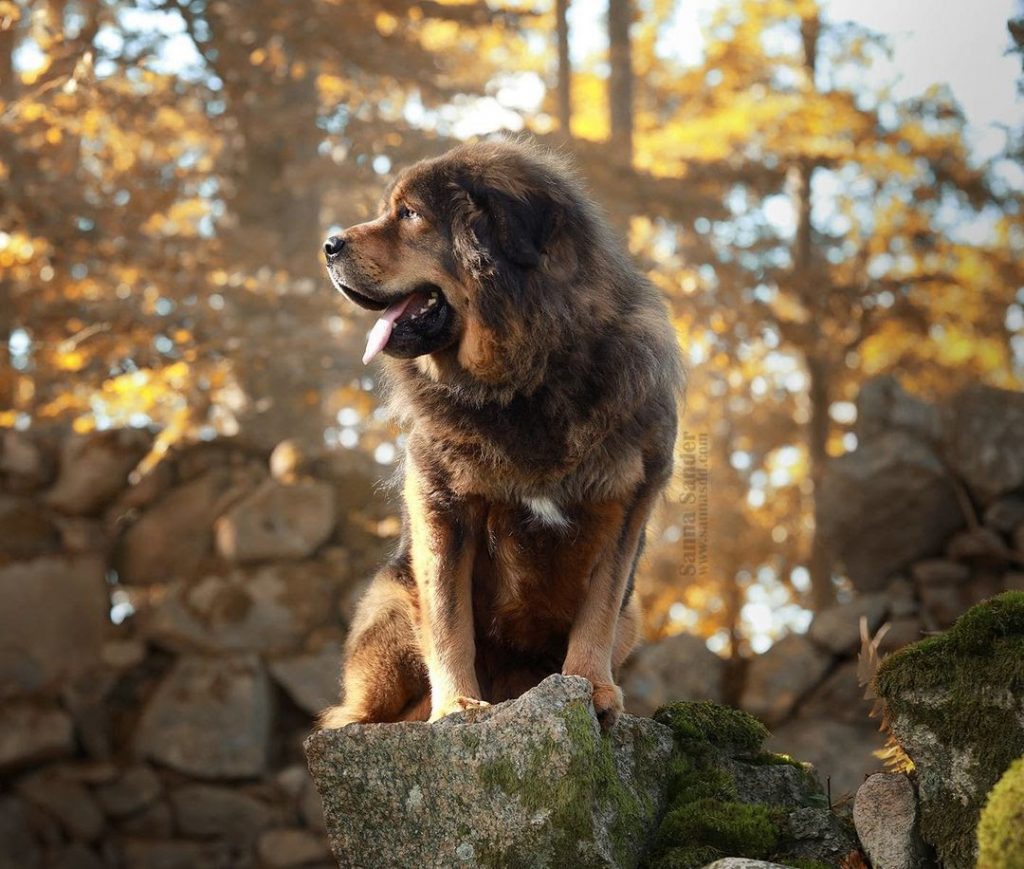

The Tibetan Mastiff originally comes from Tibet and other parts of Asia. This dog has been around for a long time and he contributed a great deal as a helper and a companion to humans, particularly the cattlemen and the monks. Dogs in the past were mainly used to ward off predators who would skulk nearby farms. The massive size and the strong protective instinct of the Tibetan Mastiff made him a good candidate for this task.
He also guarded monks who lived in secluded monasteries. The duty as a guard dog is something he takes very seriously. Later on, his fame grew as he reached the West. Unfortunately, like what most dog breeds experienced, his presence, mainly in England, was threatened due to World War II. It was until 1976 when English breeders started importing several Tibetan Mastiffs again.
Meanwhile, it was in 1970 when US breeders brought Tibetan Mastiffs in. The American Kennel Club (AKC) eventually recognized the breed as a working dog back in 2007.
Size, Appearance, & Coloring
Dogo Argentino
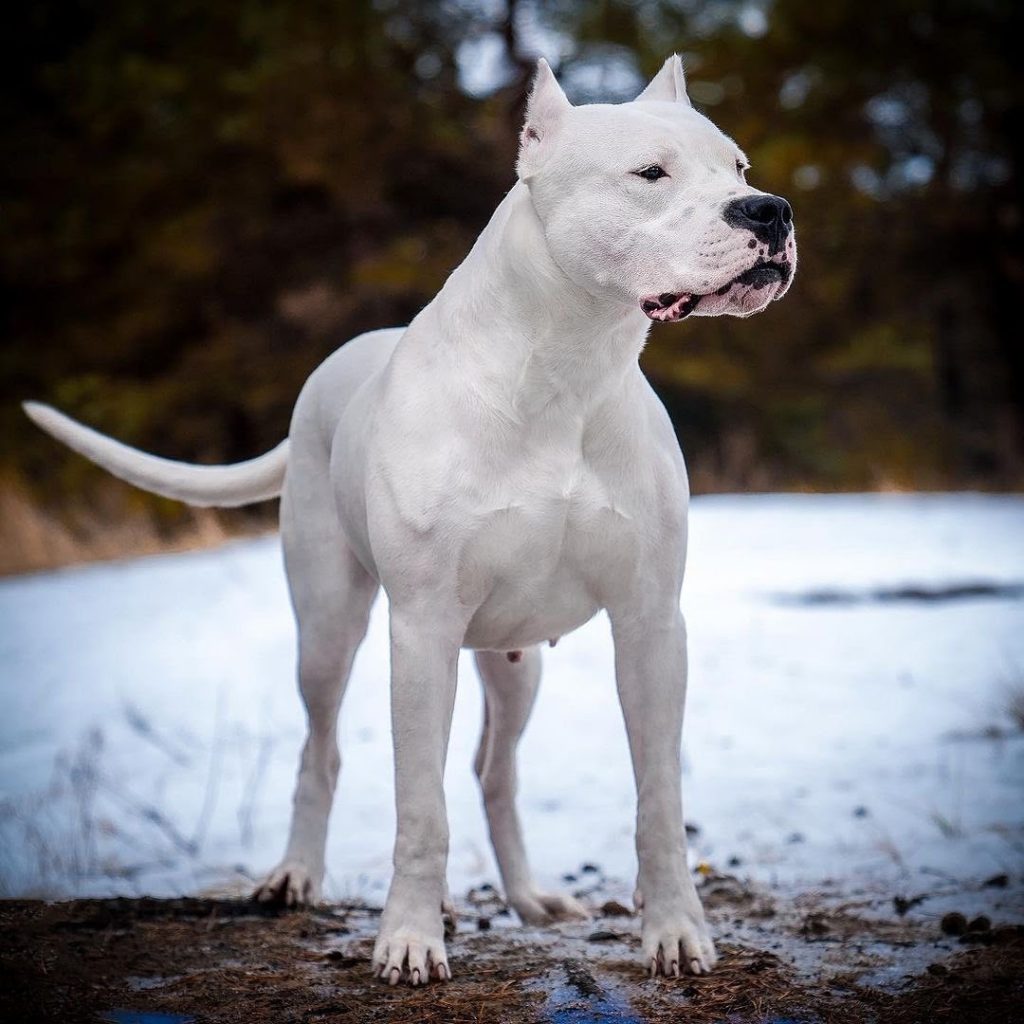

The Dogo Argentino has a white short coat that is smooth to the touch. He may have a patch near one of his eyes, but this shouldn’t be covering more than 10% of his head. The whole image of this dog mainly consists of a large head with eyes that can either be brown or amber and a sturdy, muscular body. Skin pigmentations are present in certain parts of his body, but these shouldn’t be that prominent in a mature coat.
No other markings are allowed except for the patch on his head. You may see some Dogo Argentinos with their ears cut, but thankfully, several kennel clubs are pushing and encouraging owners to keep their dogs’ natural ears.
Tibetan Mastiff
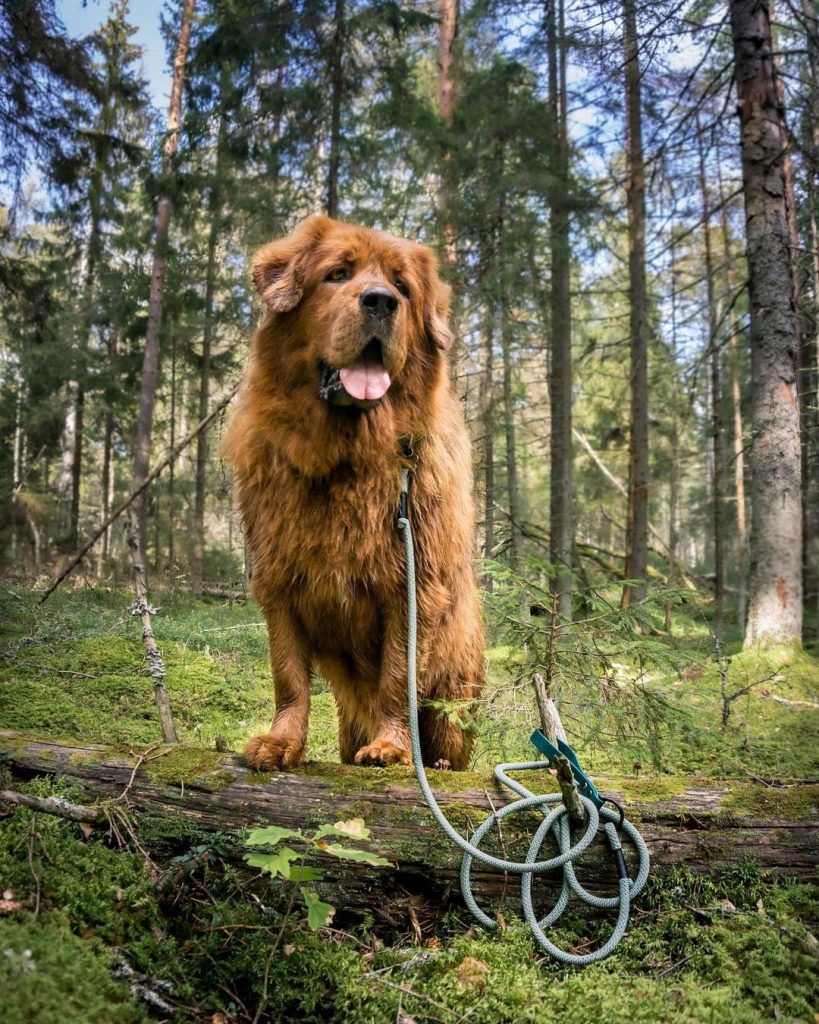

The appearance of the Tibetan Mastiff shows nobility. His features are most prominent, elegant, but not extreme. He has a long coat that comes in several colors such as red gold, brown and tan, black and tan, blue-gray and tan, cream, and cream sable. Let’s not forget about his fascinating curly tail that is dense and feathery. His mane pops beautifully around his neck and some would mistake him as an adult male lion.
He is dignified, gentle in the eyes, and built perfectly as a guard dog. Although his ears droop, this dog is very alert. His brown eyes are inquisitive and might look submissive, but his personality would tell otherwise.
Bringing him out for a walk will easily gain attention from the public or help you start a conversation easily with someone, but if you’re just into his appearance, this breed might not be right for you.
Temperament
Dogo Argentino
Undeniably, since the Dogo Argentino was bred to become a hunting dog, his prey drive always mounts. He would need a firm leader who will train and handle him so he won’t exhibit unnecessary and unwanted behaviors. Usually, he is loving and caring toward his family, but his mood may shift if somebody threatens any of his loved ones.
The stubborn nature of the dog is strong unless you train him consistently and with authority. He has to see you as the leader of the pack or else, he won’t be minding your commands at all. Training him as a puppy will make things more manageable for any owner who wants their Dogos to grow up into mature and reasonable pets who are not aggressive at all times.
Tibetan Mastiff
For several centuries, the Tibetan Mastiff has come to learn how to be loving, kind, patient, and gentle- traits that would help improve his relationship with his owners.
If you give him some work to do, he’ll give it his all. He’s fearless, loyal, and extremely family-oriented. It is also necessary to discuss the drawbacks regarding his temperament. Know that he doesn’t look up to his owner for guidance due to his independent nature. Although he loves bonding with you, this won’t be enough for him to obey you that easily. Due to his strong-willed personality, this dog is better suited to experienced owners.
Exercise Needs
Dogo Argentino
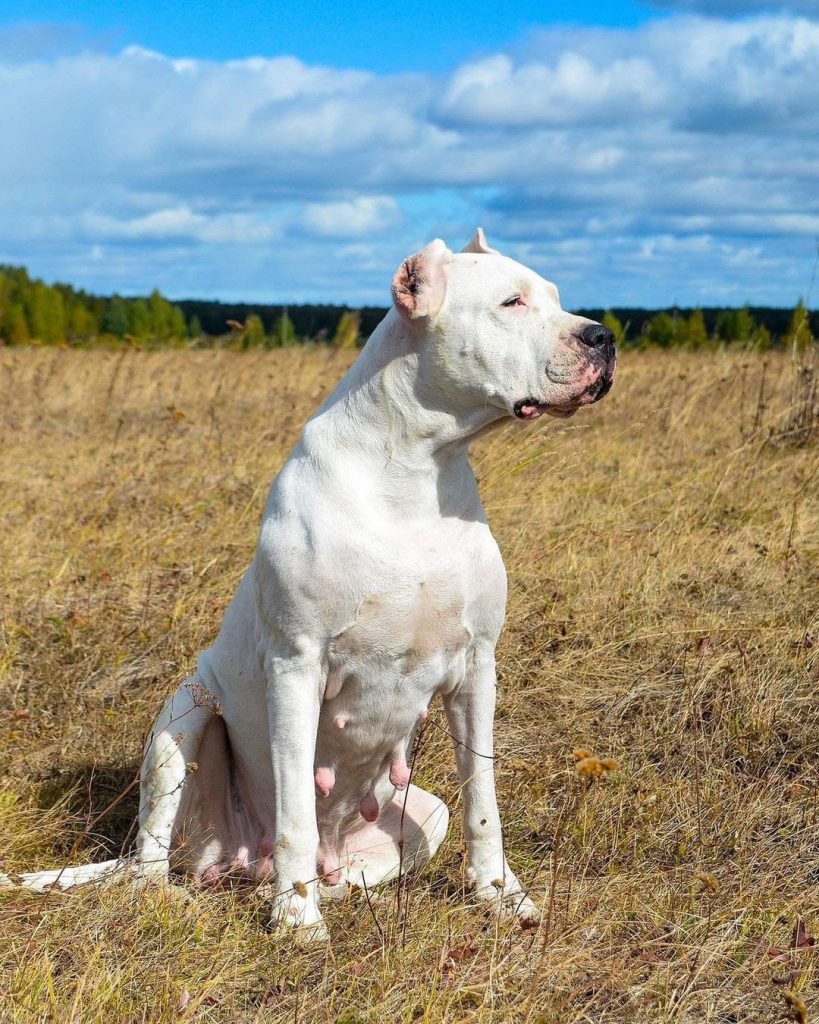

Since this is considered a large dog, he would need anywhere between 30 minutes to 2 hours of exercise daily. Of course, you should assess your dog as an individual so you provide him with the right amount of exercise. A long walk around the neighborhood is ideal for him. Keep him stimulated and challenged by purchasing interactive toys such as that from Petgeek to keep him from getting bored and destructive.
Tibetan Mastiff
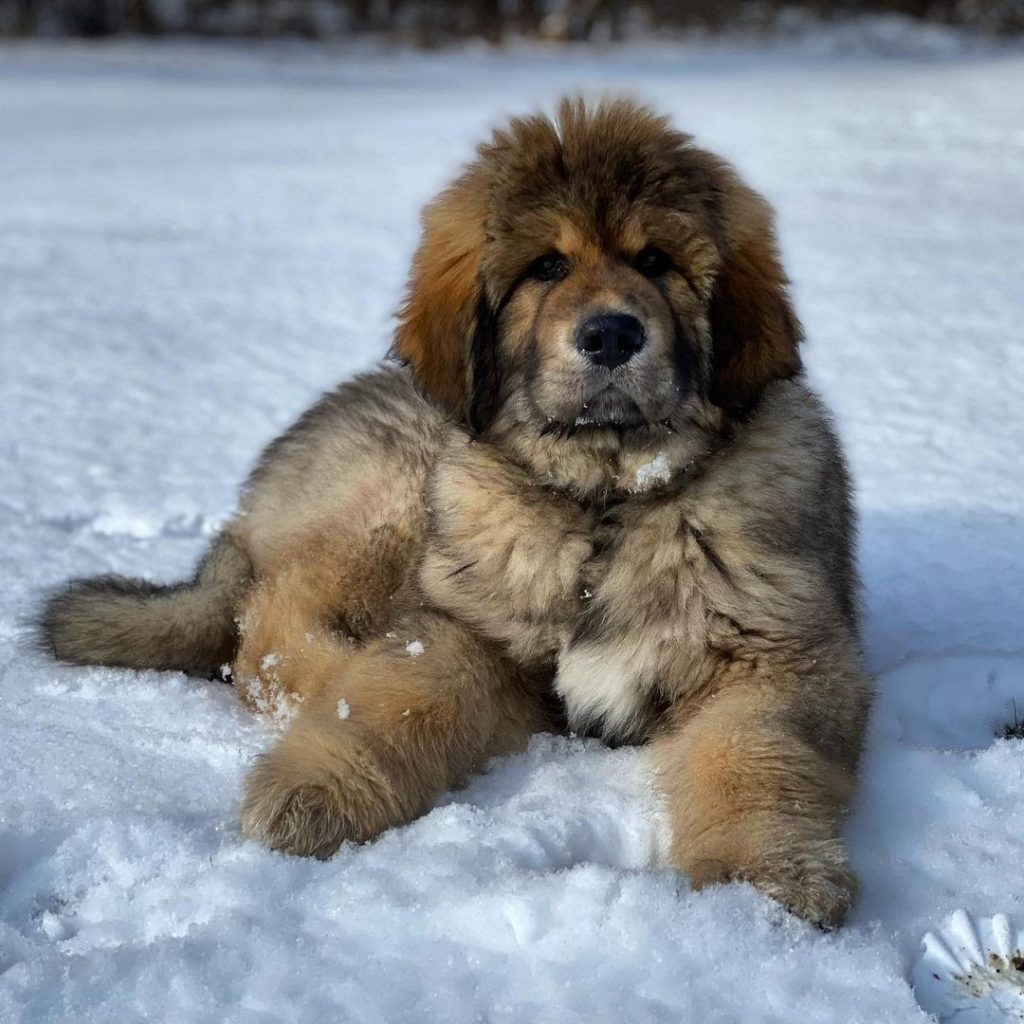

The best time to take the Tibetan Mastiff out for an exercise would be during early mornings and evenings. His energy surges during these periods and the rest would be his schedule for dozing off. He typically only requires a minimum of 1-hour daily exercise to keep him positive and fit. If this need is met, he’ll show a calm and quiet disposition indoors.
Grooming Requirements
Dogo Argentino
Relatively, the Dogo is an easy-to-maintain dog breed. This is because of his short and smooth coat. If ever baths are needed, this has to take place every 3 months or if he goes home dirty from hunting. Brush him once a week using a quality bristle brush to remove loose and dead hairs. To keep his coat shiny, you can use a conditioner recommended by your vet.
Don’t forget to take care of his other areas like teeth, nails, and ears too!
Tibetan Mastiff
Taking care of the Tibetan Mastiff’s overall hygiene won’t be an immense obligation. Despite his long coat, he doesn’t shed that much or often. Ready your brush, however, when the shedding season begins. He’ll blow off his entire coat and most will end up sticking in your drapes or furniture. Brush him several times a week and bathe him regularly to cope with his hair fall.
If the shedding months are over, go back to just brushing weekly and bathing him every 6 to 8 weeks.
Health Problems
Dogo Argentino
The Dogo is predisposed to genetic health problems and deafness is a major concern. At least 10% of dogs of this kind have issues with one or both ears. This is a common condition for canines with white coats. Aside from this, other problems may occur such as:
- Hip dysplasia
- Glaucoma
- Hypothyroidism
Tibetan Mastiff
No dog is 100% free from health problems and that includes our handsome Tibetan dog. Most of the time, diseases strike during his adulthood, so be aware of what these are and bring him to your vet on a regular schedule. Some complications include:
- Seizures
- Thyroid problems
- Hip dysplasia
- Panosteitis
Breed Popularity
The AKC’s breed popularity ranking consistently places the Tibetan Mastiff in 131st place out of 200 dog breeds. Meanwhile, the Dogo Argentino has no definite position. Nevertheless, he’s slowly becoming popular among many families in the United States.
Which Mastiff Is Right for You?
Know which dog resonates more with you as a potential owner including the lifestyle you have. The Dogo is more energetic and has a different background as a dog. Meanwhile, the Tibetan Mastiff is drawn more to laid-back dog lovers. Before deciding, spend time with your prospective dog first, because it isn’t always the breed that will tell what’s right for you but rather the kind of dog that would be able to find solace in your presence.
